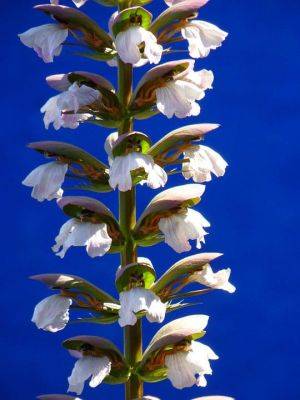Bear’s breech is a Handsome, hardy perennial known to the Greeks and Romans, who used the leaf form of Acanthus mollis to decorate the Corinthian column.
Growing Guide for Pyrethrum – Chrysanthemum
25.01.2024 - 23:13 / backyardgardener.com / Frederick Leeth
From the Greek pyr, fire, probably with reference to fever, since the plant was used medicinally to assuage fever (Compositae). These hardy plants are admirable for a sunny border and last well as cut flowers. Long known as pyrethrum they are botanically classified under Chrysanthemum.
A well-drained loamy soil and a sunny position suit pyrethrums best. though they will grow well on chalky soils. They require ample moisture when coming into bud and during the growing season. Plant in March and leave them undisturbed for three or four years. If left longer the plants will deteriorate and the flowers become smaller and fewer. Lift and divide in March or after flowering in July, discarding the old, woody pieces. Each year cut the plants hard back after flowering. This often results in a second crop of blooms in late summer or autumn.
Slugs and rabbits can be a menace but of course, weathered ashes are scattered around and over the crowns, in the autumn this will deter them, as will slug pellets. The plants are somewhat floppy inhabit so some light staking should be provided. Propagation is by division in March or after flowering in July, or by seed sown in a cool greenhouse or frame in spring. (See also Chrysanthemum, C. coccineum).
View all posts

Growers Guide for Pot Marigold
Showy annual plants from southern Europe belonging to the Daisy family, Compositive. They have simple alternate leaves and branching stems 1 1/2-2 1/2 ft. high, bearing large heads of yellow, yellowish or orange-colored flowers which are in full beauty during the summer. Calendula is derived from calendae, the calends, the first day of the ancient Roman month-an allusion to the almost continuous flowering character of this plant. Calendulas do best in full sunshine and in rather dry soil. They are raised, from seeds sown out of doors in the spring or early autumn where the plants are to bloom the following year and are very easy to cultivate.
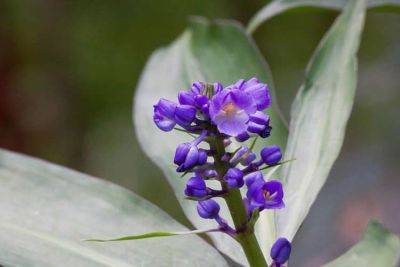
Growers Guide for Dichorisandra – Blue ginger
A genus of herbaceous perennial plants from tropical America, grown mainly for their ornamental foliage, though some also have showy flowers. They need warm greenhouse treatment in cooler areas. From the Greek dis, twice, chorizo, to part, aner, anther, referring to the 2-valved anthers (Commelinaceae).
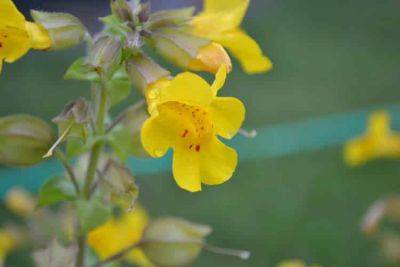
Growers Guide for Monkeyflowers
From the Greek mimo, ape; the flowers were thought to look like a mask or monkey’s face (Scrophulariaceae). Monkeyflower, monkey musk, musk. A genus of hardy annual, half-hardy perennial, and hardy perennial plants grown for their showy flowers. They are found in many temperate parts of the world, particularly North America.
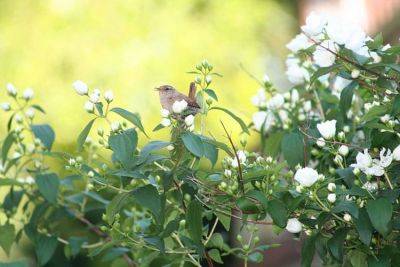
Growers Guide for Deutzia – Plant Information
(Deut’zia). A group of leaf-losing shrubs that are beautiful in bloom but are otherwise undistinguished. The flowers are produced from the side buds of the previous year’s growth. Many kinds are known, chiefly natives of China, Japan and the Himalayas. The majority are not perfectly hardy in the North against winter cold and should be given sheltered positions even in the climate of New York City and its environs. The Deutzias are closely related to the Mock Orange, or Philadelphus; they belong to the Saxifrage family, Saxifragaceae. The name Deutzia was given in honor of John van der Deutz, a patron of botany and at one time Sheriff of Amsterdam.
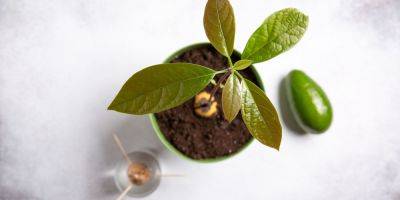
A Full Guide on How to Grow & Care for an Avocado Plant Indoors
We've been independently researching and testing products for over 120 years. If you buy through our links, we may earn a commission. Learn more about our review process.
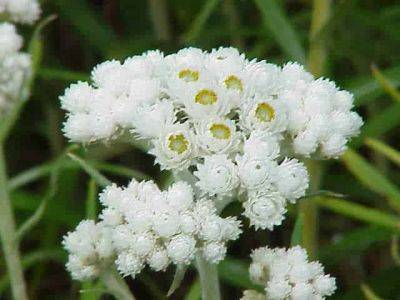
How to grow Anaphalis
Said to be an old Greek name for a similar plant (Compositae). Hardy perennials with white wooly foliage and flowers which can be cut before maturity and dried for use as `everlastings’, sometimes being dyed.
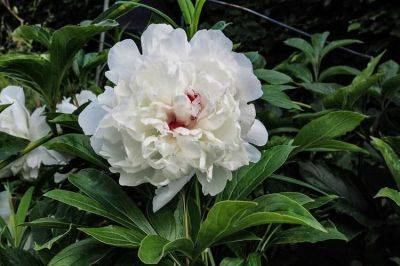
Growing Guidance for Paeonias
Commemorating Paeon, an ancient Greek physician, is said to have first used P. officinalis medicinally. Although the genus has long been considered a member of the buttercup family, Ranunculaceae, some modern botanists now place it in a family of its own, Paeoniaceae. A genus of 33 species of hardy herbaceous and shrubby perennials and a few shrubs, among the noblest and most decorative plants for a sunny or shaded border. The main division of the genus is between the herbaceous and the tree paeony, but botanically, the matter is much more complex.

How to grow Mushrooms
From the time of the Greeks and Romans, various fungi have been eaten as a delicacy and the expert can find many varieties growing wild which are equal, if not superior, in flavor to the mushroom (Psalliotta campestris). But there are also a number of poisonous fungi, some deadly. The field mushrooms which appear in profusion in meadows in the moist autumn days are perfectly safe, but the inexperienced townsman would be well advised to make sure first that he is actually picking field mushrooms, because some poisonous fungi are very similar. Cultivated mushrooms are absolutely reliable and a valuable food as well as a delicacy.

Growing Guide for Delphiniums
From the Greek dolphin, a dolphin, the flowerbuds having some resemblance to that sea creature (Ranunculaceae). Larkspur. The genus consists of annual, biennial and herbaceous perennial plants, mostly hardy and showy plants for border cultivation, with some dwarf species suitable for the rock garden.
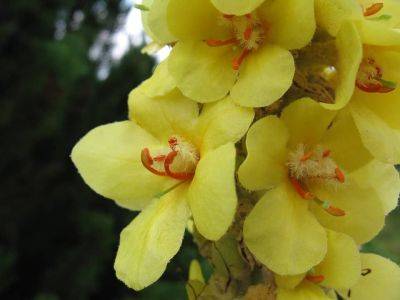
Growing Guide for Verbascum – Mullein
Possibly from the Latin barba, a beard, many species have a hairy or downy look (Scrophulariaceae). Mullein. A genus of 300 species of hardy herbaceous plants, mostly biennials or short-lived perennials, from temperate parts of Europe and Asia.
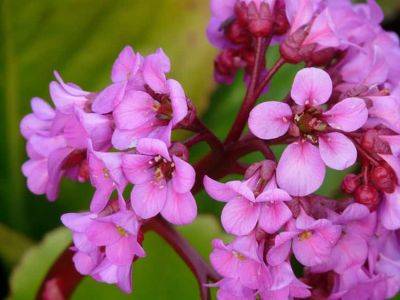
Growing Guide for Bergenia Plant
Named for Karl August von Bergen, 1704-60, German botanist (Saxifragaceae). These hardy perennial herbaceous plants with large evergreen leaves were at one time called megasea, and were at another time included with the saxifrages. The flowers which come in early spring are showy in white, pink or red-purple, borne in large heads on long stems. The large leathery, glossy leaves are also decorative, especially as in some kinds the foliage is suffused with reddish color in winter.
